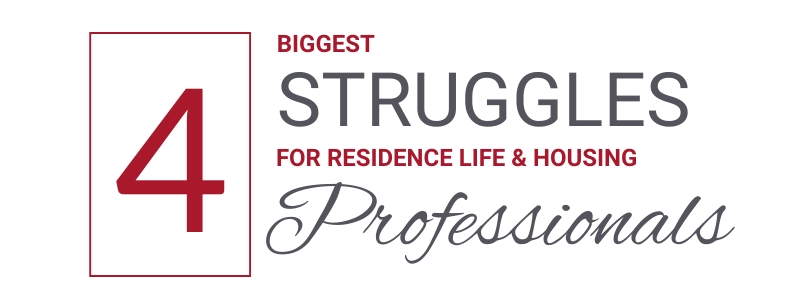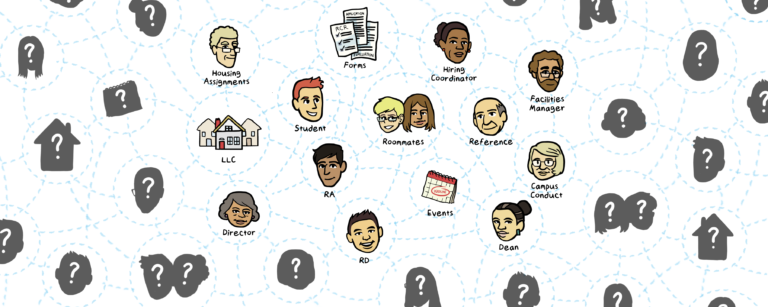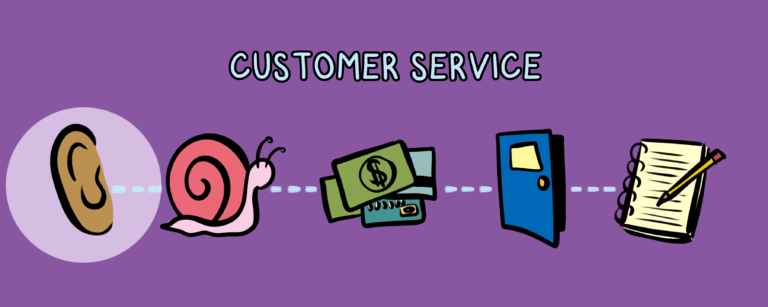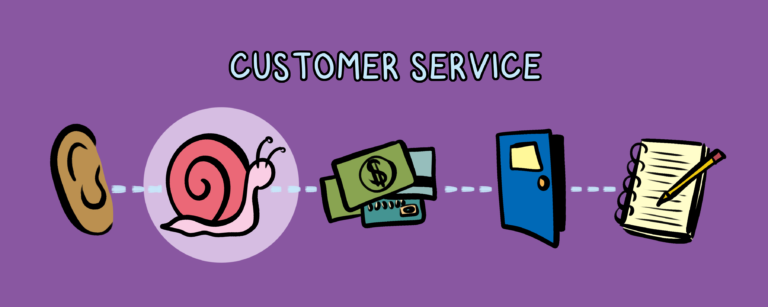Oh hey! Welcome to the community.
We’ll say it: the last couple of years have been tough for Residence Life and Housing professionals.
It’s been hard enough just dealing with the daily challenges of the job, and the complications heaped on top by the pandemic. But when you’re grappling with frustrating software, or hunting for data in years-old spreadsheets, it makes your work much tougher than it should be.
Our community have experienced it all. Here are our top 4 struggles experienced by Residence Life and Housing professionals:
1. Allocating housing is ‘a nightmare’
Housing assignments can strike fear into even the most hardened campus professionals.
Like many aspects of the job, it was already challenging before Covid – but now it’s even more complex.
“Nightmare would probably be the way I’d have described it,” says one Assistant Dean. “We would put up a poster board and do housing assignments by Post-it note, and then translate it to a Google Sheet.”
That’s no one’s idea of fun. And what’s more, hit-and-miss processes can mean lower occupancy. When the average annual fee for a room is $6,542 (CBRE, United States Student Housing 2019), even leaving just one bed unoccupied is going to hit the bottom line.
The right software can be a saving grace. Switching from the Post-its to a system that automates everything and links up with your billing can save everyone a lot of time and hassle. One member of our community even found that the time taken to run an occupancy report dropped from an hour to just three minutes.
2. You need more time to support students
Student wellbeing is front-of-mind for anyone working in Residence Life. And it’s even more important for schools since the pandemic, with nearly three-quarters of college presidents citing student mental health as their priority for 2021 (American Council on Education, 2021 Fall Term Pulse Point Survey).
But the sheer amount of admin that staff have to wade through means it’s difficult to dedicate proper time to welfare. Creating reports, fixing billing issues, searching for data – it all takes up far too much of your time.
Residence Life software can help, if it’s the right fit for your college. It’ll mean you can track student welfare more closely, and better tracking and response could mean retaining a student who would otherwise have dropped out. That’s better for the student and better for the college too, with average annual fees for a single student sitting at $24,623 (National Center for Education Statistics, Digest of Education Statistics).
The proper software will free up hours each week for staff by performing day-to-day tasks more efficiently. Those extra hours can be spent on the work that really matters: helping students to thrive.
3. Billing for damages is a minefield
Preparing damage bills is a task few Residence Life and Housing professionals look forward to. For a start, it’s laborious, taking more time than it should to find and compile the right information. The whole thing can take months.
And then there’s the patchy record-keeping, with data often existing (or not) in old spreadsheets or other unreliable systems.
“When things were sent to collections, a student might say: ‘Why did I have a hundred-dollar bill from fall of 2013?’” one professional told us. “If the spreadsheet wasn’t right, we had no idea.”
If that sounds frustratingly familiar, consider the numbers too. The average school with a 1,000-bed campus can expect to bill over $11 million each year for bed and board. So any inaccuracy in billing, however small, can leave a serious dent.
Putting the proper software in place can cut out these errors, and make it refreshingly simple to find information. That boosts the bottom line, and it also means billing tasks are quicker and easier. No more searching, no more gaps – and a process that’s wrapped up three months quicker than it used to be, according to one member of our community.
4. Everything takes…too long
Billing isn’t the only thing that takes longer than it should. Occupancy reports do too. And retention reports. And housing allocation. And staff selection. And…pretty much every part of the job.
In fact, one college told us that, prior to bringing new software on board, Residence Life and Housing staff were averaging 15–20 hours a week of overtime.
Aside from inefficient manual tasks – like using Post-its to plan housing allocation – using the wrong digital systems can be a real drain on time too. “I’ve been at schools where it’s taken one person’s full-time job to learn how to move through a system,” one Assistant Dean told us. “I don’t have that luxury.”
Automation and user-friendliness are more important than ever in the post-Covid age, with staff feeling increasingly burnt out. If you can cut down on wasted admin time by using the right software, it won’t just mean your college saves money – it’ll also mean a happier, calmer working day for everyone.
And after all, “greater staff satisfaction leads to happier staff and happier students, which creates a community closer to happiness,” as one school’s Associate Director so neatly put it.
There’s something we can all aspire to for 2022.
Welcome to the community. We’re glad you’re here.






